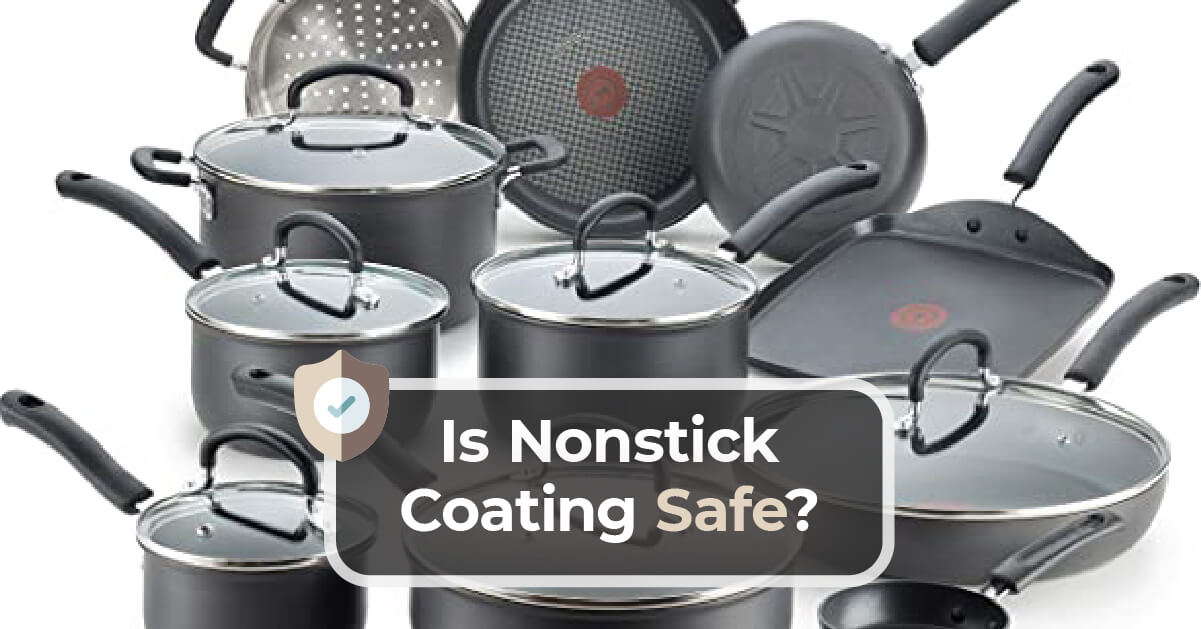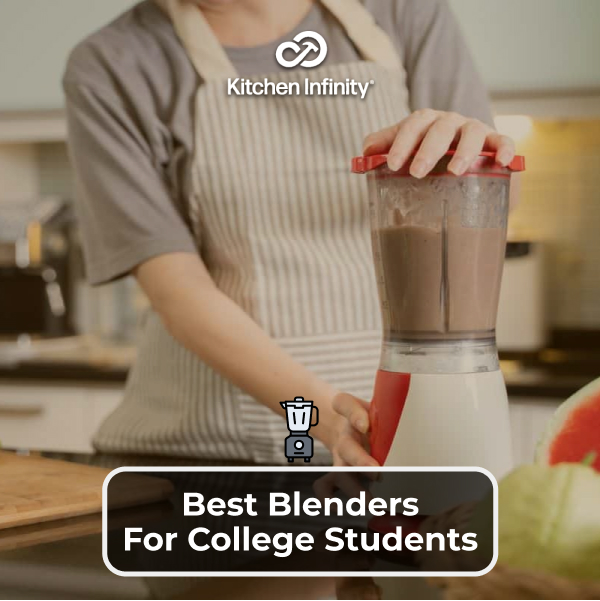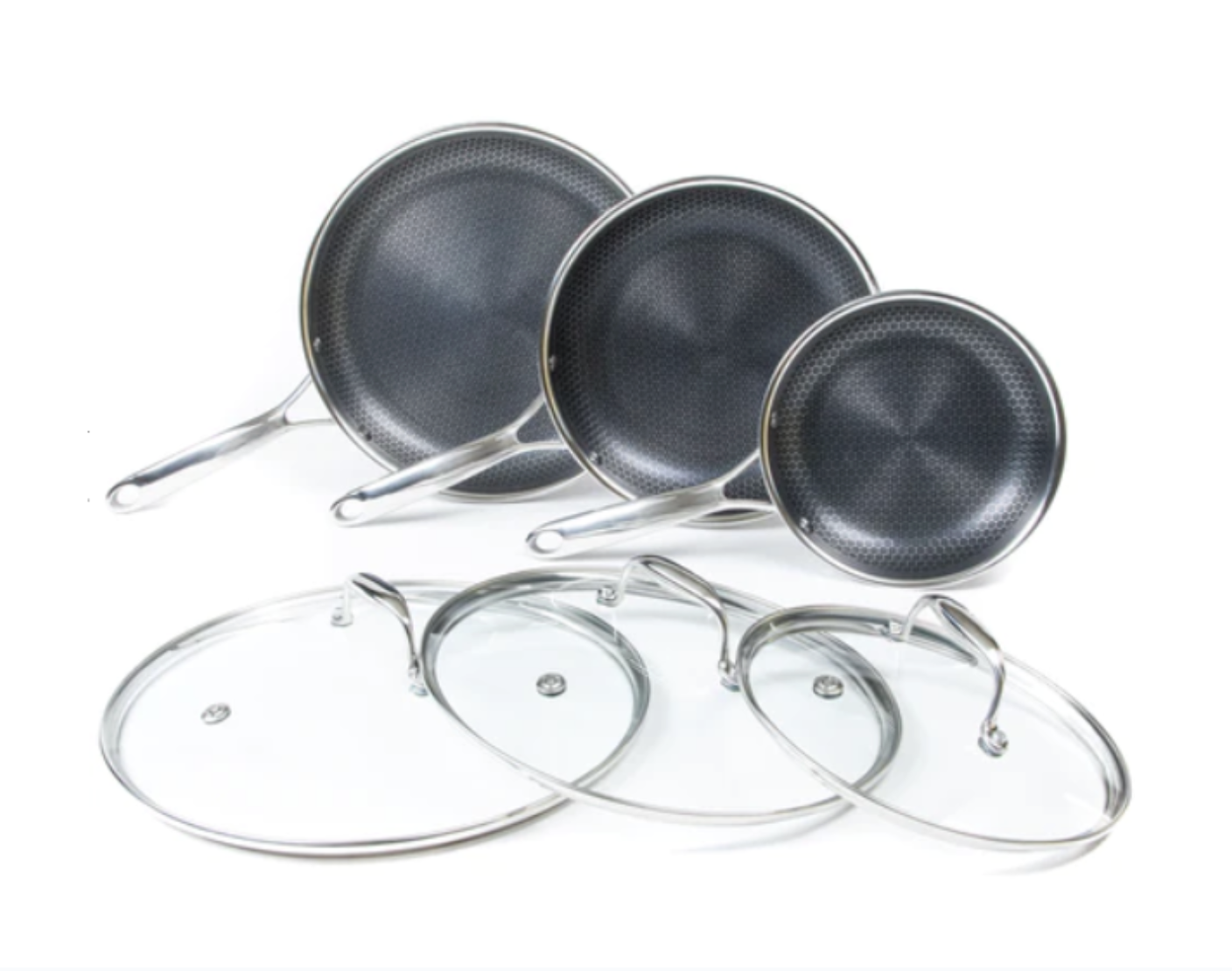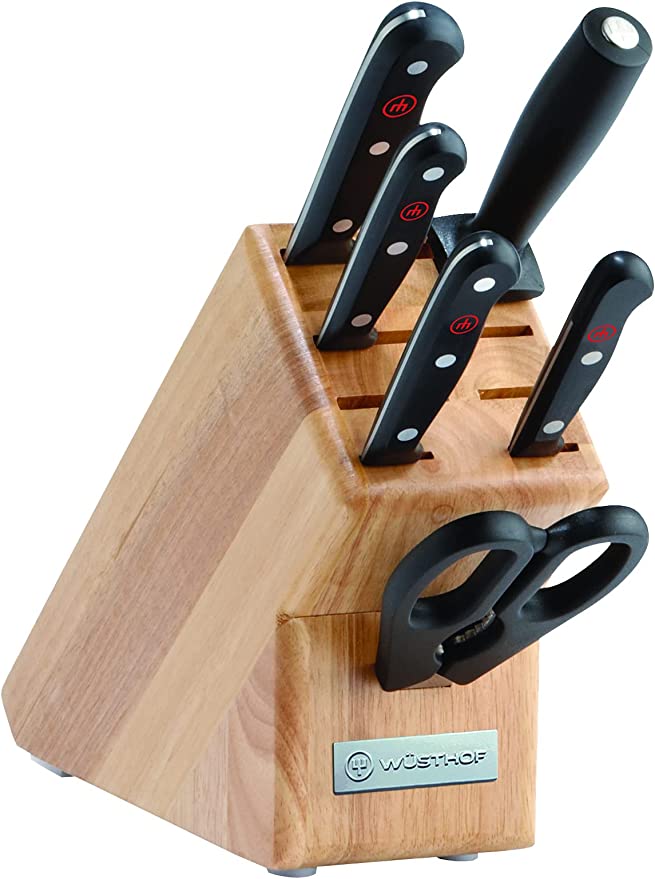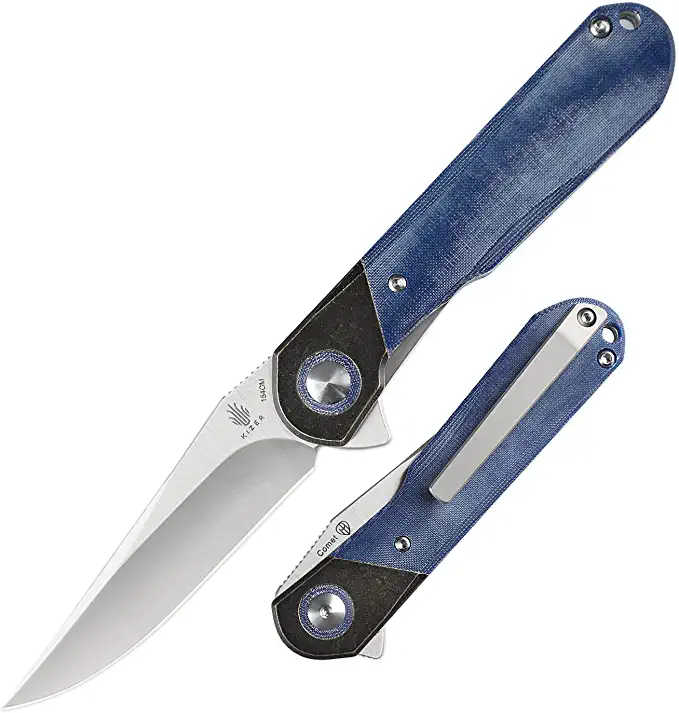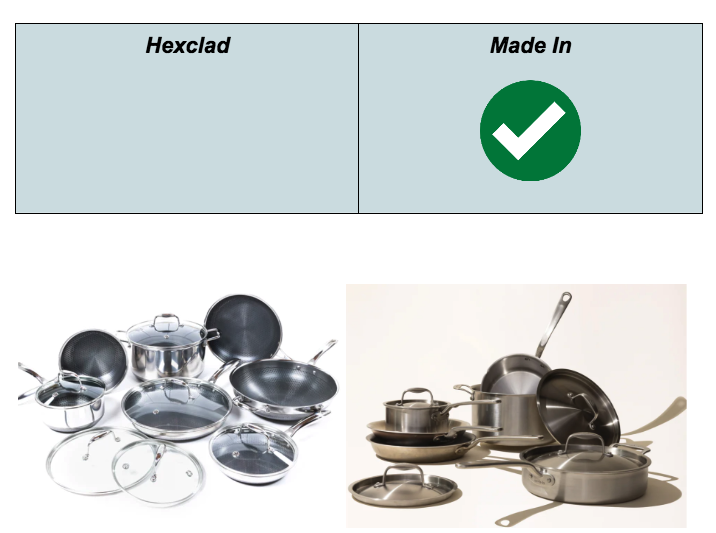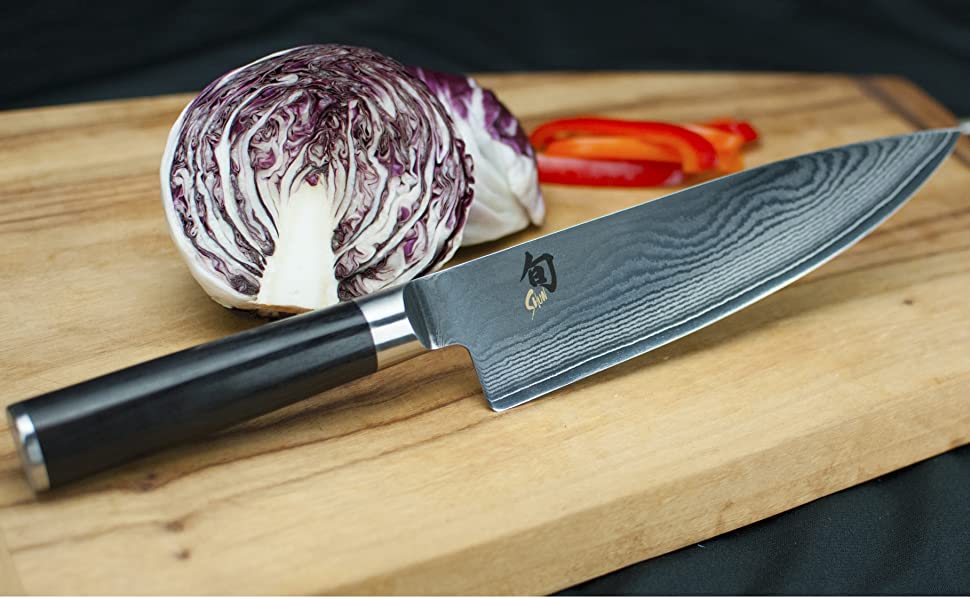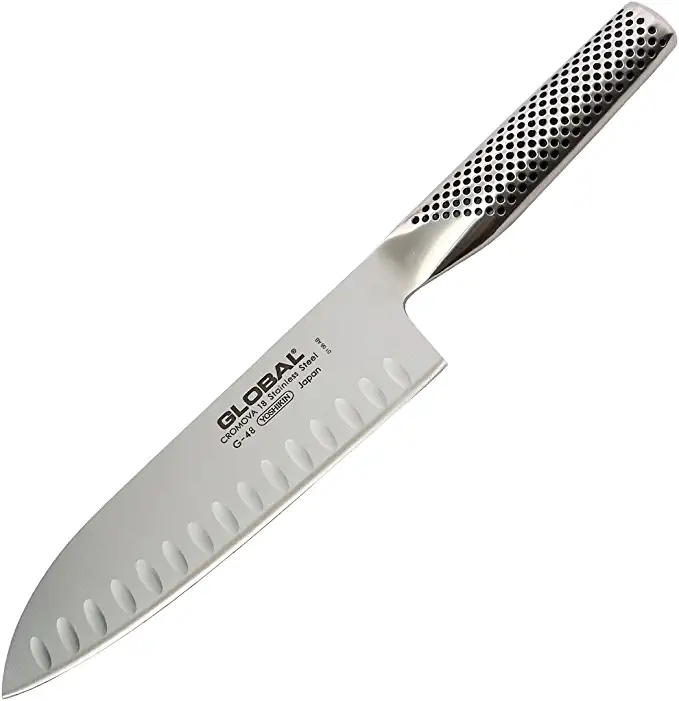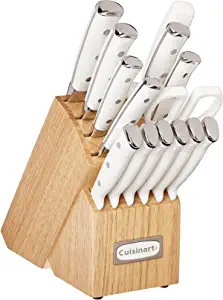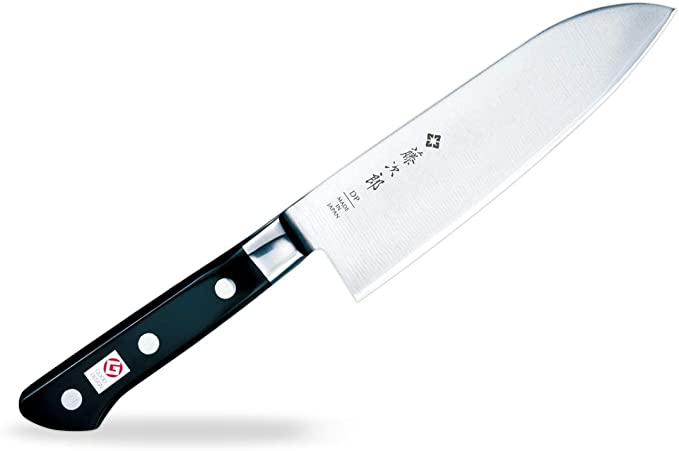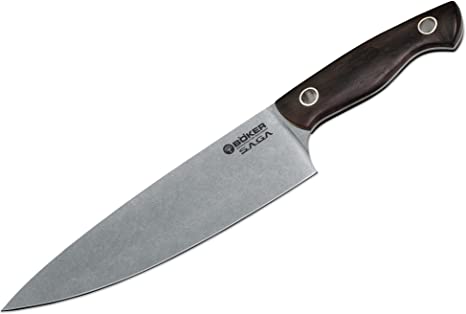If you’ve ever had a meal stick to the bottom of your pan or pot, then you know just how frustrating cooking can be. Nonstick coating is designed to make it easier for food to slide off the surface and make cleanup easy. If you are ever worried about the health risks about cooking in non-stick pans, then we recommend checking our our guide to the best non teflon pans in the market!
In this article, we’ll take a look at nonstick coating and whether it is safe when cooking – let's dive deep into the topic.
How nonstick coating works
There are some chemicals that are used that make it easier to cook with pans and pots without making them sticky.
It is applied to the surface of pans and pots in a thin layer, keeping food from sticking but still allowing the cookware to be washed with water and soap. Nonstick coating also makes it easy to clean up spills without scrubbing and scraping. Today most nonstick pans and pots are usually coated with Teflon or similar products made to be safe for contact with food.

These modern coatings are still designed to reduce sticking while making it easier to wash cookware by hand or in the dishwasher. They're even marketed as being environmentally friendly because they require less petroleum-based materials than traditional nonstick coatings.
Limited health risks with nonstick coating(with the right processes in mind)
Originally these coatings were made for commercial uses in aerospace, automotive, and other industries. But they’ve been adapted for use in pots and pans because of their non-stick properties. Unfortunately, when it comes to non-stick safety, some people have reported that after using nonstick cookware, the coating is leaching from the pot onto their food or into food left to sit on top of it.
One of the main problems with nonstick coatings is that if used incorrectly, they will begin to peel or flake off and contaminate your food.
This can happen when one:
- Uses metal utensils instead of plastic ones like nylon spatulas or wooden spoons
- Heats a pan over high temperatures
- Lets eggs stick while cooking them in a pan
- Uses oil with an uncoated surface
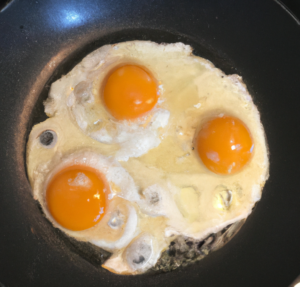
Does nonstick coating cause cancer?
Nonstick coatings are coated with perfluorooctanoic acid (PFOA). This is marketed as being safe and environmentally friendly because it does not break down easily in the environment. However, many studies have been done on PFOA to prove or disprove its safety. Many of them say that PFOA is known to cause cancer, birth defects, and reproductive issues in laboratory animals that were tested on. The EPA has since set strict standards for exposure to PFOA for people who work around or with these products in professional settings because they're considered particularly dangerous if they get into your body.
Many studies have been done on nonstick cookware to determine whether it leaches toxic chemicals into foods.
To test this researchers used eggs to see if vaporized perfluorooctanoic acid was released when cooked at high temperatures. The result? No detectable levels of PFOA were found in the egg whites after they were heated for an hour in Teflon coated pans over a range of different temperatures (350°F – 570°F).
More tests were done in Europe and Canada to determine if PFOA was released from this type of cooking utensil. The results showed that under normal household conditions the nonstick coating does not release PFOA or other chemicals into food at levels that are considered a health risk, when it comes to people that are regularly eating foods prepared in these pans.
Health risks you should be concerned about
If you're using your nonstick cookware properly and taking steps to prevent it from scratching, then there's probably no need to worry about coating leaching or breaking down into toxic chemicals. However, if you are experiencing any side effects while using these products, talk to your doctor as soon as possible. It’s best to err on the side of caution, and if you’re unsure of your cookware or its safety, consider buying products that are eco-friendly with nonstick coatings that will not break down or leach into your food.
Alternative coatings to nonstick coating
There are alternative coatings for cooking products like ceramic, silicone, or cast iron. These coatings can be used in simmering, frying, or broiling without affecting the taste or health aspects of your food. They also don't add chemicals to your meal that might cause cancer, birth defects, and other reproductive issues.
You can find an eco-friendly glass stovetop or buy products like silicone bakeware that doesn't require PFOA. There are also many enameled cast iron, porcelain clay pots, and pans on the market that don’t have this type of coating on them.
What else do you need to know?
In general, nonstick coatings are safe for cooking. If you love cooking with these types of products, then don’t let this information scare you into thinking that they’re dangerous. However, it is important to be aware of potential risks if you have health issues or children in your household and are unsure whether the product might cause an issue.

For example, it wouldn’t be wise to use old chipped Teflon pans from the 50s or 60s that have been handed down from generation to generation. There may be other risks involved if a coating has worn off over time because of repeated heating and cooling of a pan during its lifetime. The bottom line is that the best advice is to use caution when using any houseware.
Are ceramic cookware better than Teflon?
Ceramic cookware is safer than Teflon. The coating in ceramic pots and pans doesn’t contain PFOA or PFOS or other endocrine disruptors, so it causes no health concerns.
Can you use Pyrex on a glass-top stove?
While the glass cookware is safe to use on a flat-top stove, it doesn’t perform well on glass-top ranges. You could get away with using it if your burner heat is controlled and you don’t have excessive heating of the pan but in general, avoid using Pyrex on glass-top ranges.
How do you clean cast iron?
Preheat your oven to 350 degrees F and lightly grease a baking sheet with foil or cooking spray. Now place your cast iron cookware upside down on top of the sheet and bake it for about 30 minutes. Then let the pan cool before removing it from the oven. You can also spot clean any burnt food by rubbing a little water, salt, and dish soap on a small section of the pan that's covered in stuck-on food. Scrub this area with a scrubby sponge and then rinse off all remaining debris immediately with warm water. Dry thoroughly to remove extra moisture that could make rusting more likely (even if you don’t see any rust spots forming, it’s still important to dry the cast iron completely).
Final thoughts on whether the nonstick coating is safe
In conclusion,keep in mind that no matter what cooking utensil you’re using, it is recommended to avoid overheating the pan. We found that Misen pens are some of the best ones out there in the market.
Choosing the right type of pan is important because you don’t want to risk exposing yourself to any dangerous chemicals like PFOA. Other than that, your nonstick cookware should be safe to use.

